Calculate the volume of composite figures and solve real-world problems with this worksheet.
Volume of Composite Figures Worksheet
Have your students learned how to find the volume of a rectangular prism? If so, the next part of your math unit may be introducing how to find the volume of a composite figure. If your students are wondering what a composite figure is, you can explain that it is a three-dimensional figure made up of 2 or more solid shapes. Students must learn to calculate the volume of each figure and then add them together.
This resource aims to practice calculating the volume of rectangular prisms and composite figures made of multiple rectangular prisms. Students must solve problems that involve counting unit cubes and calculating the volume with the standard formula, l × w × h. Students will also use their answers from problems on the worksheet to answer true and false questions. A variety of word problems are included on the back side of the worksheet to promote critical thinking and real-world application.
An answer key is included with your download to make grading fast and easy!
Tips for Differentiation + Scaffolding
Invite students to convert the dimensions of given shapes to other units as an added challenge. For example, on #5, challenge students to convert the dimensions from cm to m and determine the volume. What patterns do they notice when doing this to multiple prisms?
For students needing additional support, work one-on-one, in a small group, or with a peer tutor. Allow the use of notes and completed examples, and a calculator. Provide 3D shapes manipulatives and unit cubes.
🖨️ Easily Download & Print
Use the dropdown icon on the Download button to choose between the PDF or editable Google Slides version of this resource.
Because this resource includes an answer sheet, we recommend you print one copy of the entire file. Then, make photocopies of the blank worksheet for students to complete.
To save paper, we suggest printing this 2-page worksheet double-sided.
Turn this teaching resource into a sustainable activity by printing on cardstock and slipping it into a dry-erase sleeve. Students can record their answers with a whiteboard marker, then erase and reuse them.
Additionally, project the worksheet onto a screen and work through it as a class by having students record their answers in their notebooks.
This resource was created by Lorin Davies, a teacher in Texas and Teach Starter Collaborator.
Don’t stop there! We’ve got more activities to shorten your lesson planning time:
[resource:4860259] [resource:4851785] [resource:4850858]
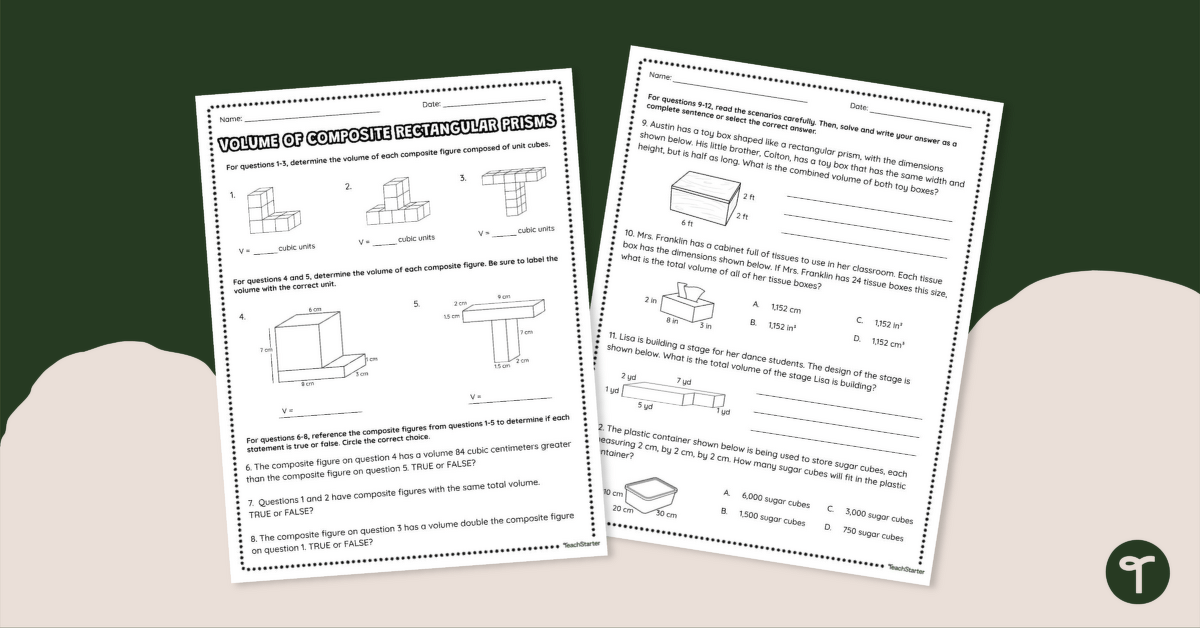


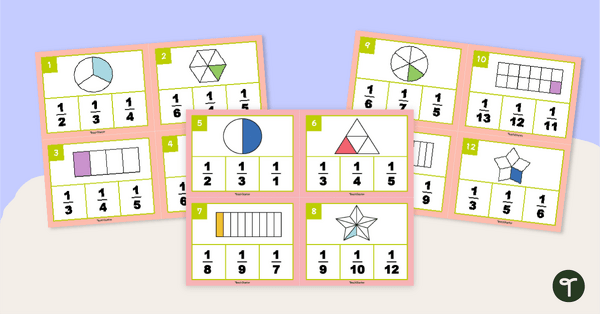
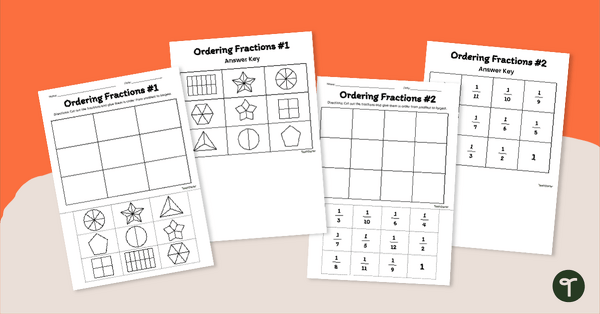
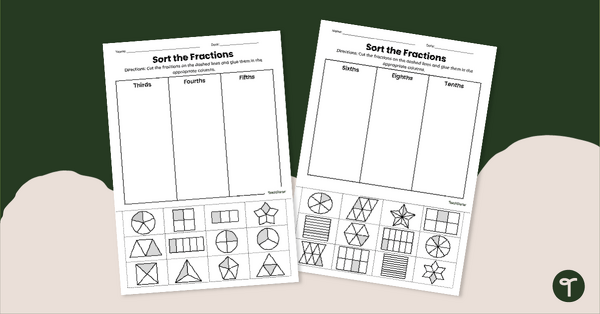
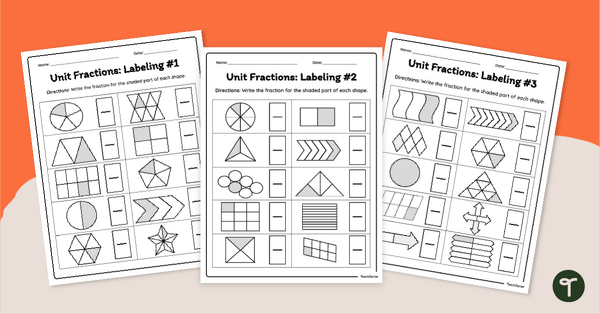

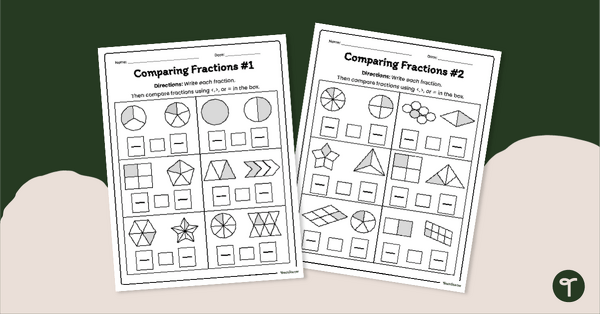

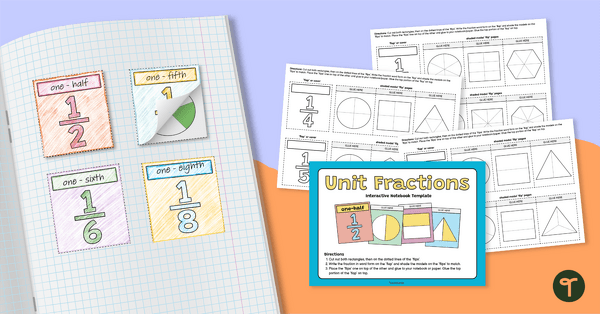

0 Comments
Write a review to help other teachers and parents like yourself. If you'd like to request a change to this resource, or report an error, select the corresponding tab above.